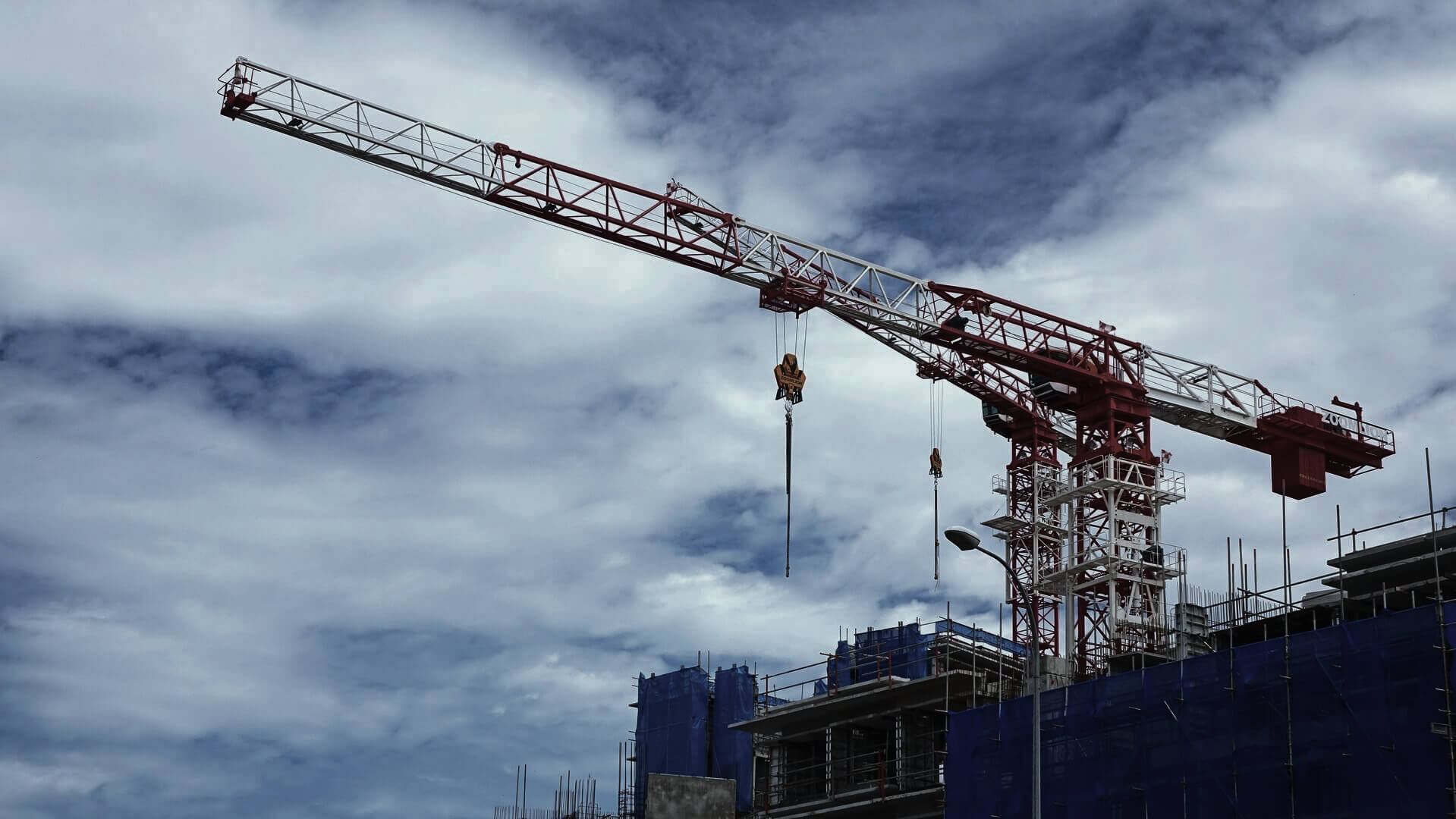In recent years—and especially as we step further into 2025—the construction industry is undergoing a significant transformation. Sustainable building practices are no longer a niche interest but a driving force that is reshaping how we design, build, and manage projects. From reducing carbon footprints to enhancing energy efficiency, these green innovations are setting new standards for the industry. Here’s a closer look at how sustainability is revolutionizing construction, along with a recent news highlight that underscores these changes.
A New Era of Green Construction
Historically, construction has been one of the largest contributors to environmental degradation, with high energy consumption, material waste, and substantial carbon emissions. Today, however, sustainable building practices are shifting this narrative by emphasizing eco-friendly materials, renewable energy integration, and smart design that minimizes waste and optimizes efficiency.
Key Innovations Include:
- Eco-Friendly Materials: The rise of recycled steel, low-carbon concrete, and sustainable insulation materials is reducing the environmental impact from the very foundation of construction.
- Energy Efficiency: Modern designs now incorporate high-performance insulation, energy-efficient windows, and smart lighting systems, drastically cutting energy consumption.
- Renewable Energy Integration: Solar panels, wind turbines, and geothermal systems are increasingly standard on new builds, helping projects achieve net-zero energy goals.
- Digital Tools: Building Information Modeling (BIM) and other digital solutions are not only streamlining the design process but also ensuring sustainable practices are integrated from the blueprint stage.
Recent News Spotlight: The Chicago Eco-Skyscraper
A standout example of this revolution was reported in early 2025 when a groundbreaking eco-skyscraper in Chicago made headlines. This landmark project, developed by an industry-leading construction firm, incorporates a full suite of sustainable technologies:
- Advanced Materials: The building utilizes a new type of low-carbon concrete that has cut overall emissions by nearly 30%.
- Smart Energy Systems: Integrated solar panels and wind turbines are expected to generate enough renewable energy to power a significant portion of the building’s operations.
- Water Reclamation: Innovative water recycling systems reduce water waste by up to 50%, setting new benchmarks for conservation.
This project not only highlights the practical application of sustainable building techniques but also serves as a model for future developments across urban centers globally. The eco-skyscraper is proving that environmentally responsible construction can go hand in hand with aesthetic design and economic viability.
Benefits Beyond the Environment
While the environmental advantages of sustainable construction are clear, the benefits extend far beyond eco-friendliness:
- Cost Savings: Over time, energy-efficient systems and reduced maintenance costs can lead to significant financial savings.
- Healthier Environments: Sustainable buildings often incorporate better air quality systems, natural lighting, and non-toxic materials, promoting healthier living and working conditions.
- Regulatory Incentives: Many governments are now offering tax breaks, grants, or other incentives to support green building projects, making sustainable choices more economically attractive.
- Market Appeal: Consumers and tenants increasingly prefer eco-friendly buildings, which can translate into higher occupancy rates and greater market value.
Looking Ahead: The Future of Sustainable Construction
As sustainability continues to take center stage, the construction industry is poised for further innovation. Emerging trends include the widespread use of modular and prefabricated construction methods, which reduce waste and speed up project timelines, and the increasing role of smart technologies that monitor energy usage and environmental conditions in real time.
Construction firms that embrace these sustainable practices are not only contributing to a healthier planet but are also positioning themselves at the forefront of a competitive industry. As the Chicago eco-skyscraper has demonstrated, when you blend innovative design with a commitment to sustainability, the possibilities are limitless.
Conclusion
The construction industry’s pivot toward sustainable practices is a game changer. With advancements in eco-friendly materials, renewable energy integration, and smart design, building projects are becoming more efficient, cost-effective, and environmentally responsible. The recent success story from Chicago is just one example of how green building practices are redefining what’s possible in construction. As we move further into 2025, staying informed about these trends will be key for anyone involved in building the future—one sustainable structure at a time.
What sustainable innovations are you most excited about? Share your thoughts and experiences in the comments below, and stay tuned for more updates on the cutting edge of green construction!









Leave a Reply